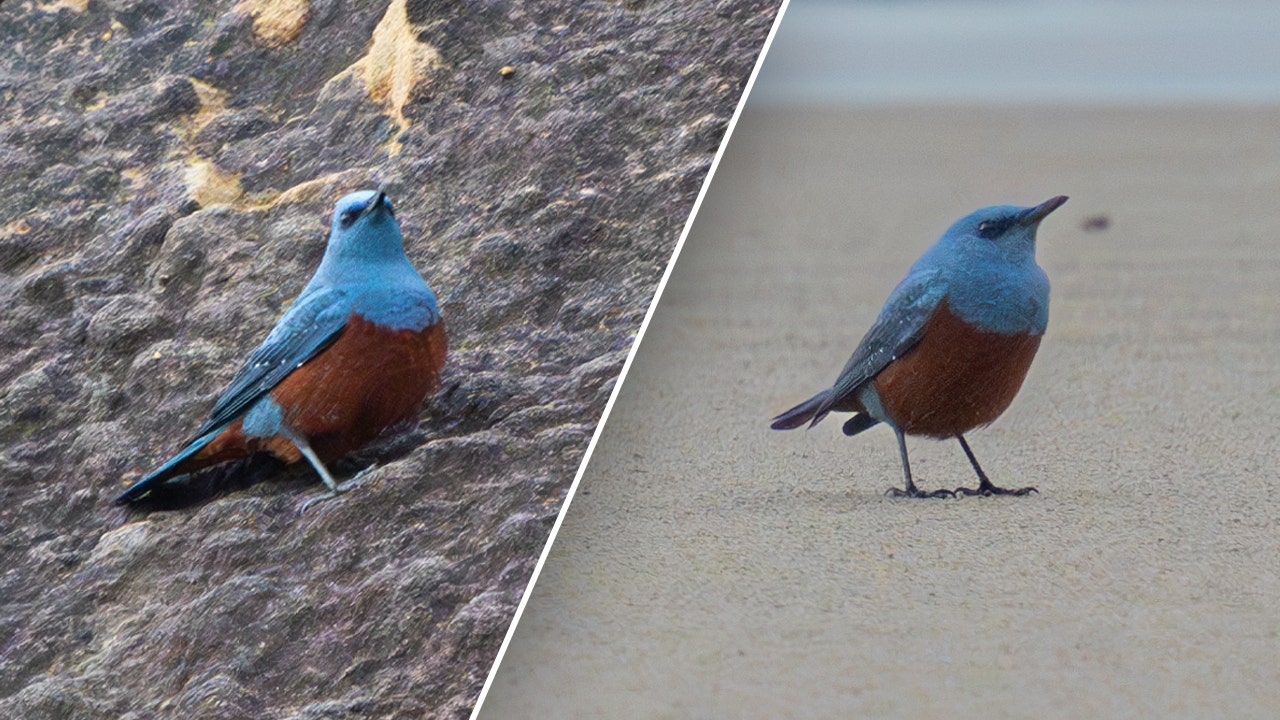I wish I may, I wish I might see this meteor shower that comes out tonight.
The Lyrid meteor shower, one of the oldest-known meteor showers on record, is expected to return this weekend.
This cosmic phenomenon is named for the nearby constellation Lyra and is composed of debris from the Comet C/1861 G1 Thatcher — named for A. E. Thatcher, who discovered it in 1861.
Researchers expect the comet to take about 415 years to complete a full orbit.
When is the Lyrid meteor shower?
The Lyrid meteor has peaked in late April for thousands of years and began in little bursts on Monday but has not reached its peak just yet.
What is the peak viewing time for the Lyrid meteor shower?
The dazzling display will peak on Saturday night, April 21 going into April 22.
AP
How to watch the Lyrid meteor shower
The show will be visible from nearly every country in the world but the best view in the Northern Hemisphere should be in the time after the moon sets below the horizon but before dawn, according to NASA.
Stargazers should aim to find a spot away city lights or street lights and allow their eyes to adjust to the darkness for about 30 minutes.
Getty Images
What to look out for during the Lyrid meteor shower
At times, the Lyrids can wow viewers with up to 100 meteors per hour, but on average the meteor shower shows off about 10 to 20 meteors per hour.
These meteors don’t streak across the sky but produce an occasional bright flash called a fireball.













